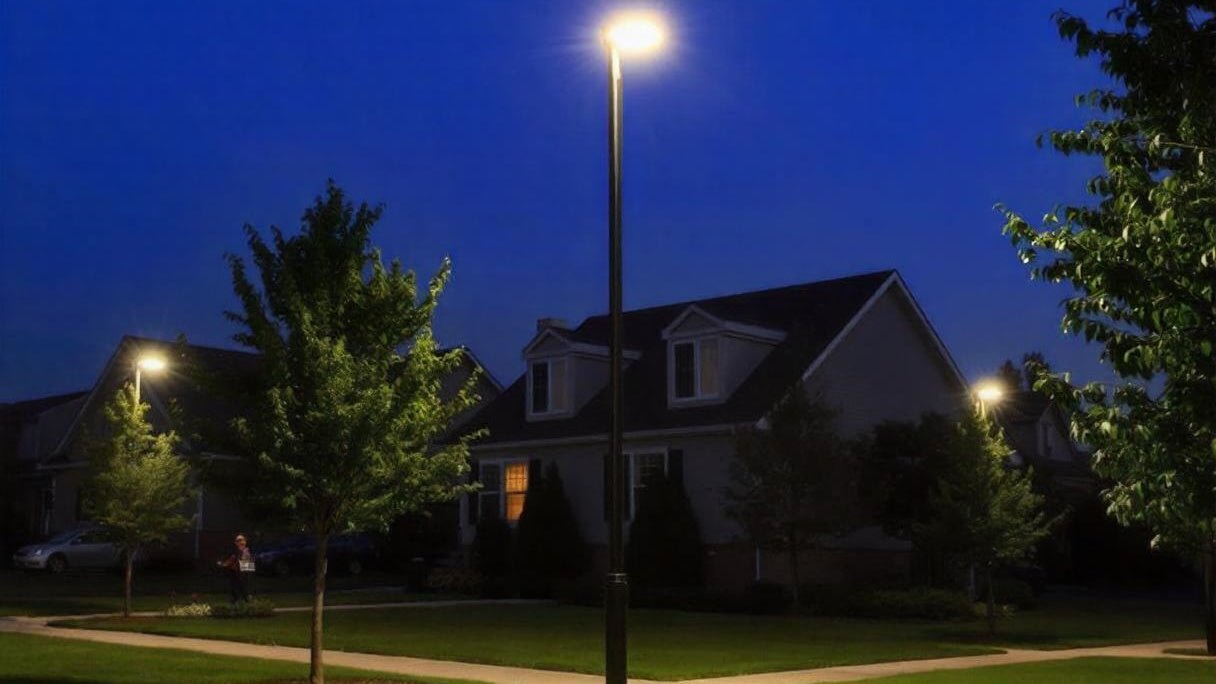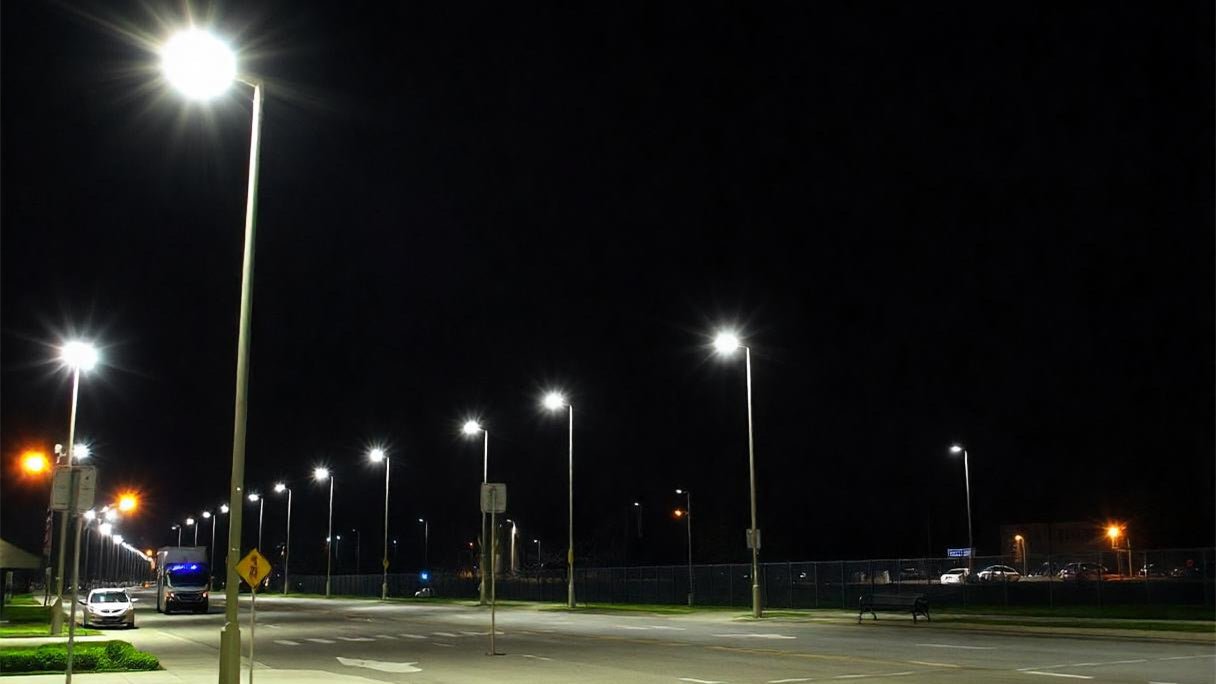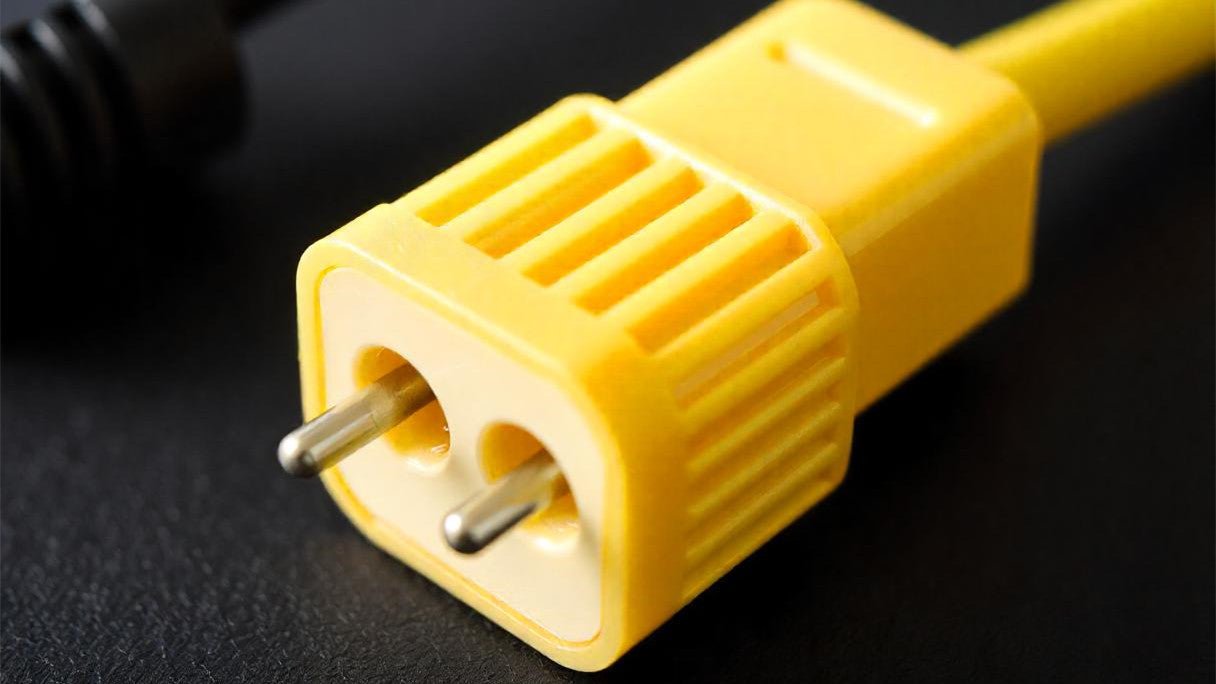LED lights, including LED pole lights, are widely known for their energy efficiency, durability, and environmental benefits. However, despite these advantages, they can still face issues like overheating, which may reduce their lifespan and efficiency. If you’ve ever wondered, "How do I stop my LED lights from overheating?" you are not alone. In this article, we will explore the causes of LED overheating and effective ways to prevent this problem, particularly for LED pole lights that are used in outdoor and industrial settings.
Understanding the Causes of LED Overheating
Before diving into solutions, it's crucial to understand why LED pole lights overheat. Unlike traditional incandescent bulbs, LEDs do not emit heat in the form of infrared radiation. Instead, they generate heat in their electrical components, particularly at the junction where electricity passes through the LED chip. The more energy your light consumes, the more heat it will produce. Here are some key reasons why LED pole lights might overheat:
- Improper Heat Dissipation: LEDs have heat sinks designed to pull heat away from the light source and dissipate it into the surrounding air. If these heat sinks are too small or not adequately designed for the light’s power, overheating can occur.
- Excessive Usage: Although LED pole lights are built for long-term use, continuously leaving them on for extended periods can raise their internal temperature beyond the acceptable threshold, leading to overheating.
- Poor Installation: Incorrect installation of LED pole lights can restrict airflow, preventing heat from escaping. In outdoor settings, factors like dirt buildup or improper sealing can exacerbate this issue.
- Faulty Drivers or Power Supplies: Every LED light, including LED pole lights, operates with a driver that regulates the current. If the driver is faulty or supplying more current than needed, it can cause the light to overheat and eventually fail.
- Environmental Conditions: In outdoor installations, LED pole lights are exposed to the elements. High ambient temperatures, direct sunlight, and poor ventilation can all contribute to overheating, especially in urban or industrial environments.
How to Prevent Overheating in LED Pole Lights
Now that we’ve covered the potential causes, let's discuss several strategies to prevent your LED pole lights from overheating.
- Choose LED Pole Lights with Proper Heat Sinks
The heat sink is one of the most crucial components in preventing your LED pole lights from overheating. Ensure that your light fixtures are equipped with high-quality aluminum heat sinks. Aluminum is an excellent conductor of heat and can effectively dissipate the warmth generated by the light. When shopping for LED pole lights, check the specifications to ensure the heat sink is designed to handle the wattage of the light. If your lights run at high wattages, opt for pole lights with larger, more robust heat sinks.
- Install Lights in Well-Ventilated Areas
For outdoor LED pole lights, proper ventilation is essential. Ensure that the installation site allows adequate airflow around the fixture. Installing lights too close to walls, trees, or other obstacles can trap heat, preventing it from dissipating efficiently. Moreover, avoid sealing the fixture too tightly in an enclosure unless it's specifically designed for such setups. Proper airflow ensures that any heat generated by the lights is naturally carried away by air currents, reducing the risk of overheating.
- Use LED Pole Lights with Thermal Protection Features
Modern LED pole lights often come with built-in thermal protection. This feature automatically reduces the power output or turns off the light when it reaches a specific temperature. While this won't prevent the light from getting warm, it will protect the internal components from long-term damage due to overheating. When purchasing new lights, especially for industrial or outdoor purposes, opt for models that include thermal management systems.

- Limit Continuous Operation
Although LED pole lights are designed for long-term operation, it's a good idea to limit continuous use when possible. For example, in urban or commercial areas where lights are used for nighttime illumination, consider incorporating motion sensors or timers. This can ensure that the lights are only active when needed, reducing the overall heat buildup. Motion sensors are particularly effective in areas like parking lots, where lights can remain off when not in use but activate when someone enters the area.
- Regular Maintenance and Cleaning
Dust and dirt buildup can act as an insulator, trapping heat inside the LED pole lights. To ensure your lights are operating at their optimal temperature, schedule regular maintenance checks. Clean the heat sinks, light casings, and any other exposed parts of the fixture. This is especially important in outdoor environments where weather conditions, insects, and pollution can lead to dirt accumulation. Keeping your LED pole lights clean and clear from debris will not only improve their efficiency but also extend their lifespan.
- Use High-Quality Drivers
The driver regulates the amount of electrical current sent to the LED pole lights. Low-quality or mismatched drivers can supply too much current, leading to overheating. When replacing or installing LED pole lights, make sure you’re using a high-quality driver compatible with the lights. If you notice that the lights flicker or become excessively hot, it may be a sign that the driver is faulty and needs to be replaced.
- Choose Energy-Efficient Models
Finally, when selecting LED pole lights, always prioritize energy efficiency. Lower-wattage LED lights consume less energy and generate less heat, reducing the likelihood of overheating. Look for lights that have Energy Star ratings or other certifications that indicate efficiency and performance standards. These models are designed to operate at optimal temperatures even during extended periods of use.For example Hykoont SZ300 Commercial Solar Street Lights are Ultra-Bright and Durable, High-efficiency LED modules and a robust heat-dissipation design
ensure superior brightness, durability, and reliable outdoor performance combing cutting-edge technology and robust construction.
Conclusion
Overheating is a common issue that can affect the performance and longevity of LED pole lights, but with the right measures, you can prevent it from happening. By investing in high-quality products with adequate heat sinks, ensuring proper ventilation, performing regular maintenance, and using efficient drivers, you can keep your LED pole lights cool and functioning efficiently for years to come.
With these tips, not only can you protect your LED pole lights from overheating, but you will also enhance their durability and performance, ensuring that they continue to provide bright, reliable lighting in your outdoor or industrial spaces.


































Leave a comment
This site is protected by hCaptcha and the hCaptcha Privacy Policy and Terms of Service apply.